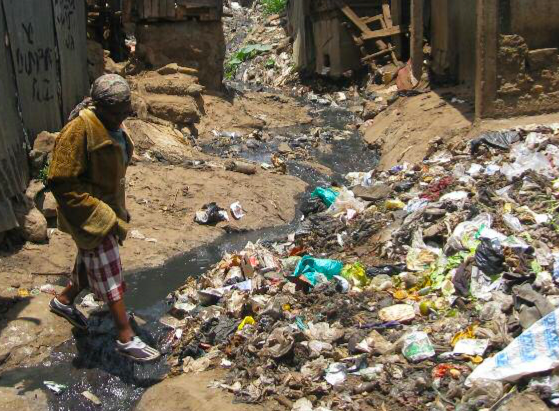#1 Introduction: Mwanawaki ni maji
Why Africa?
Africa is one of the poorest continents in the world, affecting the amount of water in demand and the quality of water available. After watching the first lecture for my “Water and Development in Africa” module, it was a revelation to me that there IS enough water in Africa. Yes. You heard right. There is plenty of water in Africa. However, the problems surrounding water development in Africa is not one of volume, but it is situated within issues of distribution which restrict access and supply of water. Groundwater resources in Africa face an additional threat of overexploitation due to urbanisation, pollution from industrial development, agricultural production, mining, and poor sanitation (Gaye and Tindimugaya, 2019).
Why do women matter?
When I think of the three words “women”, “water” and “Africa”, my mind jumps to images of young females in dryland carrying large buckets of water on their heads. My mind wandered further when I considered Binyavanga Wainaina’s satirical piece critiquing the Wests’ representation of Africa. The continent was stated, as 'fifty-four countries, 900 million people who are too busy starving and dying and warring and emigrating' (Wainaina, 2019). The misconception of Africa as a homogenised economic, social, and political landscape showcased that for this blog, I had to do better. As a feminist, I hope to embody this by giving a platform to matters specifically focused on women’s development.
Simply put, water is critical for household care and nutritional health activities such as drinking, sanitation, cooking and agricultural food production; all tasks primarily undertaken by women (GWTF, 2006). A study in South Africa recognised that everyday women collectively walk 16 times the equivalent distance to the moon and back to gather water for their families. Or if you’re into fitness like me, women travel on average 10-15 kilometres to collect water: that's 3 times a Saturday morning Park Run whilst carrying 15 litres of water per trip: a 20kg dumbbell equivalent load (UNIFEM, 2017). Consequently, there is high time consumption involved in the sourcing of adequate water supplies robbing women of education and economic development (Archer, 2005). This marginalisation is made worse when women face sanitation-related concerns surrounding private defecation space and menstrual health.
Why a development focus?
Development is a contested term thus in this blog I will define development as societies transforming over a long period of time (Cowen and Shenton, 1996). I am particularly interested in Amartya Sen’s perception of development as the ‘promotion and expansion of capabilities’ (Sen, 1999). The gender discrepancy that exists within water and development in Africa is emphasised through international organisations’ recognition of the need to consider gender inequality whilst setting development goals. SDGs 5 (achieving gender equality) and 6 (available adequate water supplies) directly focus on gender and water development:
In particular, SDG 6.2 highlights “paying special attention to the needs of women and girls and those in vulnerable situations”. Movement from the MDGs in 2010 and the introduction of the 2030 ethos for the SDGs to 'leave no one behind' (UNICEF, 2017) embodied the necessity to consider intersectionality through disaggregation of data by indicators including gender.
In this blog, I aim to make reference to these key goals as well as elements of other SDGs that implicitly target gender equality within water and development. I will be by exploring barriers and solutions to development within water and gender in Africa, including water sourcing and sanitation issues.



This is an excellent introduction Sophia! Really well thought out and engaging- I'm really looking forward to reading your future posts!
ReplyDeleteThank you Hamnah!
DeleteLove it! Highly engaging, and I can't wait to see what is to come.
ReplyDeleteThank you Heather!
DeleteA really organised and well put together first piece! I really like the direct links to development that you will be exploring in your blog as well as a giving us a closer look into elements of the SDGs. When it comes to solutions to combat these issues, do you think you will be focusing more on top-down approaches or bottom-up, or both even?
ReplyDeleteLooking forward to upcoming posts!
Thank you Lana for your comment! I'm hoping to explore both approaches. Of course I cannot cover all elements of each but honing in on some case studies will contextualise both top down and bottom up approaches.
DeleteGreat introductory post Sophia! So many complex issues highlighted, excited to see where you will take the blog in future posts!
ReplyDeleteThank you Elizabeth!
DeleteConcise and easy to read first blog post. I like how you have set up the scope and focus of your blog. Very good use and synthesis of resources.
ReplyDelete(GEOG0036 PGTA)
Thank you Kerry!
Delete